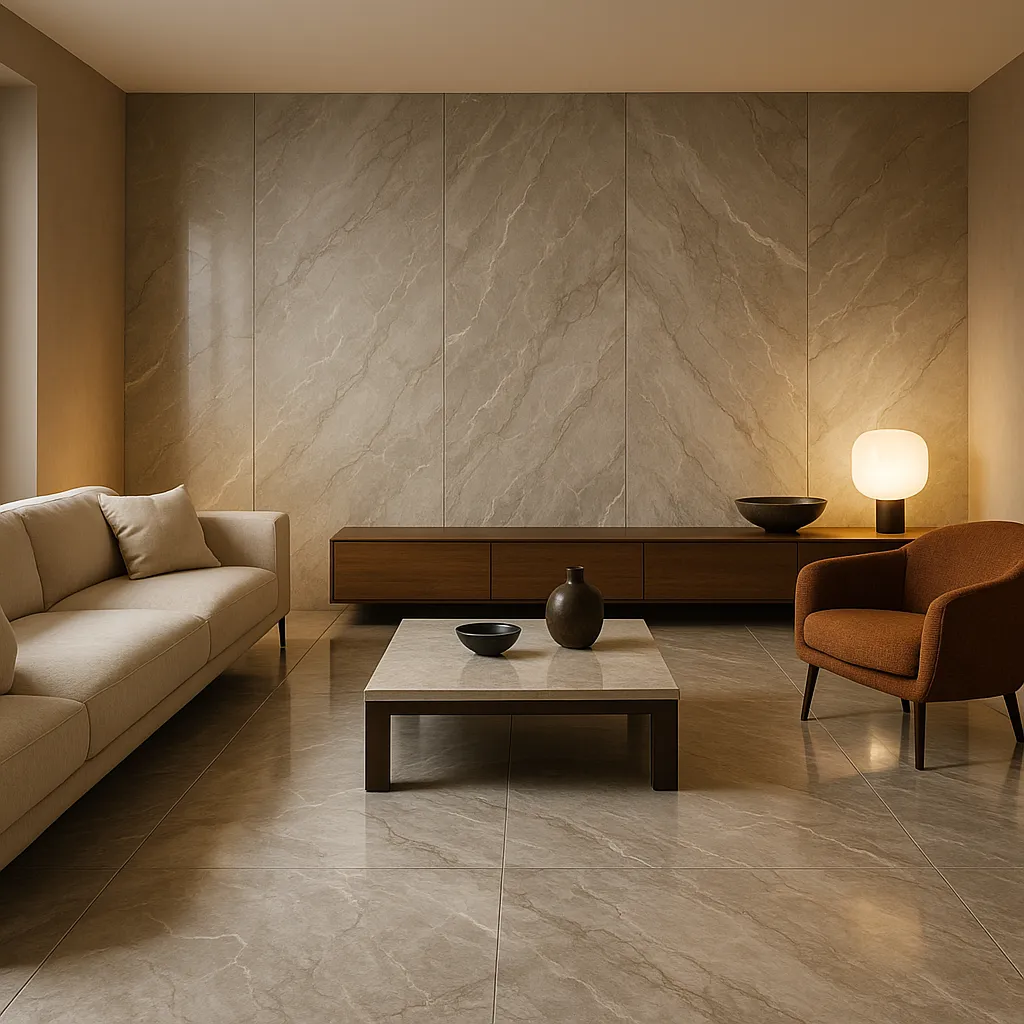Sodiceram: Future of Sustainable & High-Performance Ceramics

Sodiceram is transforming the ceramics industry with an innovative, eco-conscious approach. By combining advanced chemistry with sustainability, it creates ceramic products that are not only durable and versatile but also environmentally friendly. Unlike conventional ceramics, Sodiceram integrates sodium-based compounds, offering manufacturers and consumers a unique blend of performance, aesthetics, and sustainability.
As industries increasingly seek greener alternatives, Sodiceram emerges as a true game-changer. It goes beyond durability, opening new possibilities for applications across construction, electronics, healthcare, and more.
The Benefits of Sodium-Based Compounds in Sodiceram
Sodium-based compounds play a crucial role in enhancing the performance of Sodiceram. Some of the key benefits include:
- Energy Efficiency in Production – Improved melting properties enable smoother firing processes, reducing overall energy consumption.
- Enhanced Strength and Durability – Sodium integration reinforces ceramic structures, making them more resistant to wear and tear.
- Lower Thermal Expansion – Sodiceram products are less likely to crack when exposed to temperature fluctuations.
- Superior Glaze Adhesion – Sodium compounds allow for smoother finishes and more vibrant, aesthetically appealing surfaces.
By improving both function and beauty, Sodiceram sets a new benchmark in ceramic technology.
Types of Ceramics Made with Sodiceram
Sodiceram’s versatility allows for the production of a wide range of ceramic types, including:
- Porcelain – Strong yet elegant, with enhanced translucency and durability.
- Stoneware – Resistant to thermal shock, ideal for both functional and decorative pieces.
- Earthenware – Produces vibrant colors, favored by artisans and creative designers.
- High-Performance Ceramics – Used in aerospace, electronics, and advanced industries where precision and durability are critical.
This adaptability makes Sodiceram a valuable material across both traditional and modern ceramic applications.
Industrial Applications of Sodiceram
Sodiceram’s sodium-based properties make it suitable for a variety of industries:
- Construction – Used in tiles, bricks, and other building materials that demand both strength and beauty.
- Automotive – Provides heat-resistant components that can withstand high-performance conditions.
- Electronics – Essential for insulators and substrates thanks to excellent electrical resistance.
- Art & Design – Enables vibrant colors and intricate sculptures that combine durability with creativity.
- Healthcare – Applied in medical tools and dental solutions due to its biocompatibility and reliability.
With such broad applications, Sodiceram proves to be more than just a material—it’s a solution for diverse industrial challenges.
Advantages and Limitations of Sodiceram
Key Advantages
- Exceptional durability for long-term use.
- Improved thermal insulation and resistance.
- Eco-friendly alternative to traditional ceramics.
- Aesthetic versatility with smooth finishes and vivid glazes.
Potential Limitations
- Production can be more complex compared to conventional ceramics.
- Specialized handling of sodium compounds may increase manufacturing costs.
- Performance varies depending on the exact formulation and conditions.
Understanding both sides helps industries maximize Sodiceram’s potential while addressing its challenges.
“Read also: health Threetrees com vn
Future Outlook: Innovations with Sodiceram
The future of Sodiceram is filled with possibilities:
- Lightweight & Strong Materials – Research is paving the way for advanced formulations that reduce weight while improving resilience.
- Sustainable Construction – Growing demand for eco-friendly building materials positions Sodiceram as a sustainable choice.
- 3D Printing Integration – Customizable designs could revolutionize ceramic manufacturing with precise, efficient production.
- Cross-Industry Collaboration – From aerospace to medical devices, industries are exploring Sodiceram for groundbreaking uses.
This ongoing innovation ensures Sodiceram remains at the forefront of ceramic advancements.
Conclusion: Why Sodiceram is the Future of Ceramics
Sodiceram is more than a material—it’s a revolution in ceramic technology. By combining sodium-based compounds with sustainability, it delivers stronger, greener, and more versatile ceramics that outperform traditional options.
From construction and healthcare to electronics and art, its applications are vast. As industries worldwide shift toward eco-friendly and high-performance solutions, Sodiceram stands out as the future of ceramics.
The journey is just beginning, and Sodiceram is poised to shape the next chapter in ceramic innovation.
FAQS
What is Sodiceram?
Sodiceram is an advanced ceramic material made with sodium-based compounds. It is designed to be more durable, sustainable, and versatile compared to traditional ceramics.
What makes Sodiceram different from regular ceramics?
Unlike conventional ceramics, Sodiceram integrates sodium compounds that improve strength, reduce thermal expansion, and enhance glaze adhesion, making it more reliable and eco-friendly.
What are the main benefits of using Sodiceram?
Sodiceram offers multiple benefits such as:
- Higher durability and longer lifespan.
- Better resistance to heat and temperature changes.
- Energy-efficient production process.
- Eco-friendly and sustainable properties.
Which industries use Sodiceram?
Sodiceram is used across a wide range of industries, including:
- Construction (tiles, bricks, flooring)
- Electronics (insulators, substrates)
- Automotive (heat-resistant components)
- Healthcare (dental and medical equipment)
- Art & Design (sculptures, decorative pieces)
Is Sodiceram environmentally friendly?
Yes. Sodiceram is considered a greener alternative to traditional ceramics because it reduces energy consumption during production and supports sustainable manufacturing practices.
Are there any limitations of Sodiceram?
While Sodiceram has many advantages, its production process is more complex than standard ceramics, and handling sodium compounds may increase manufacturing costs.



